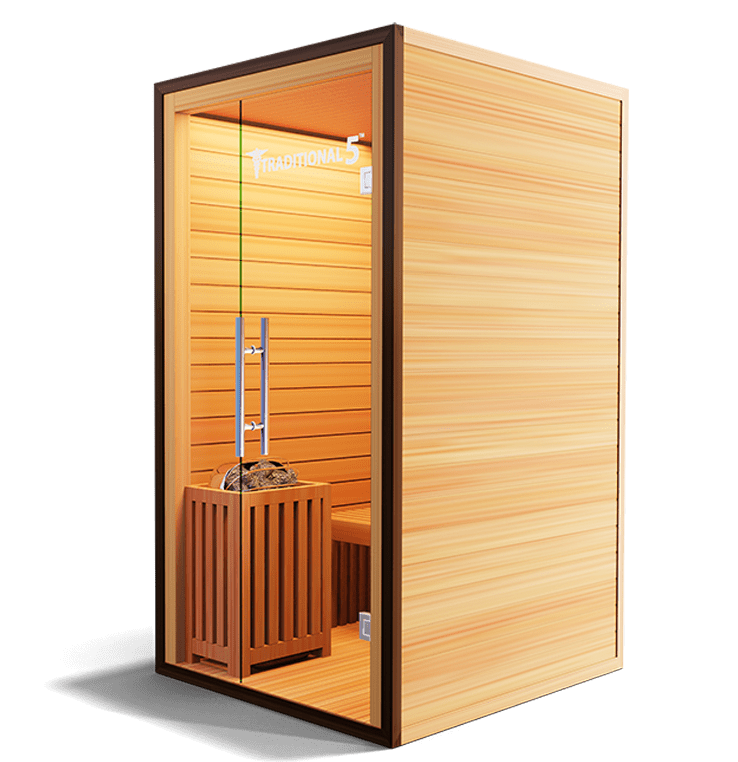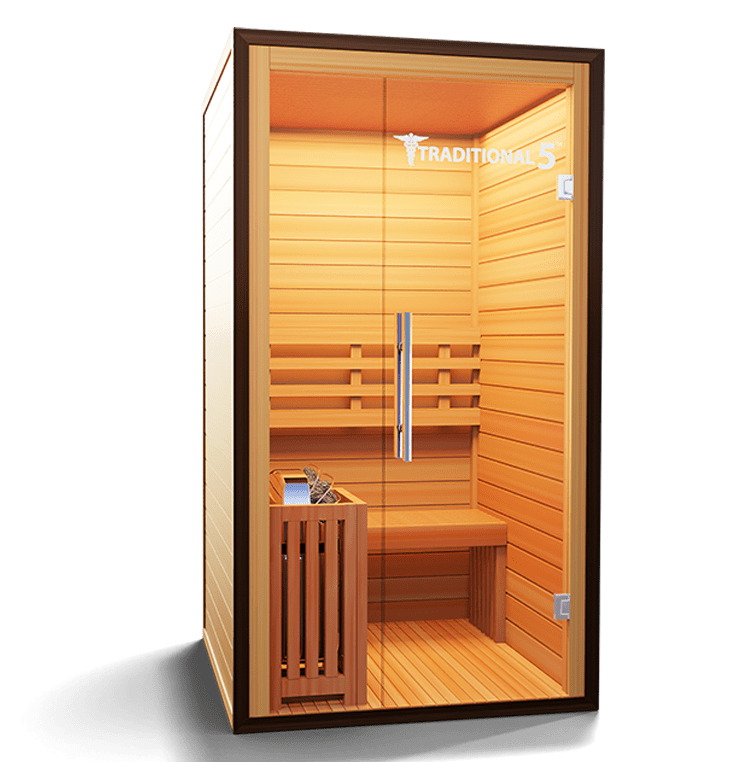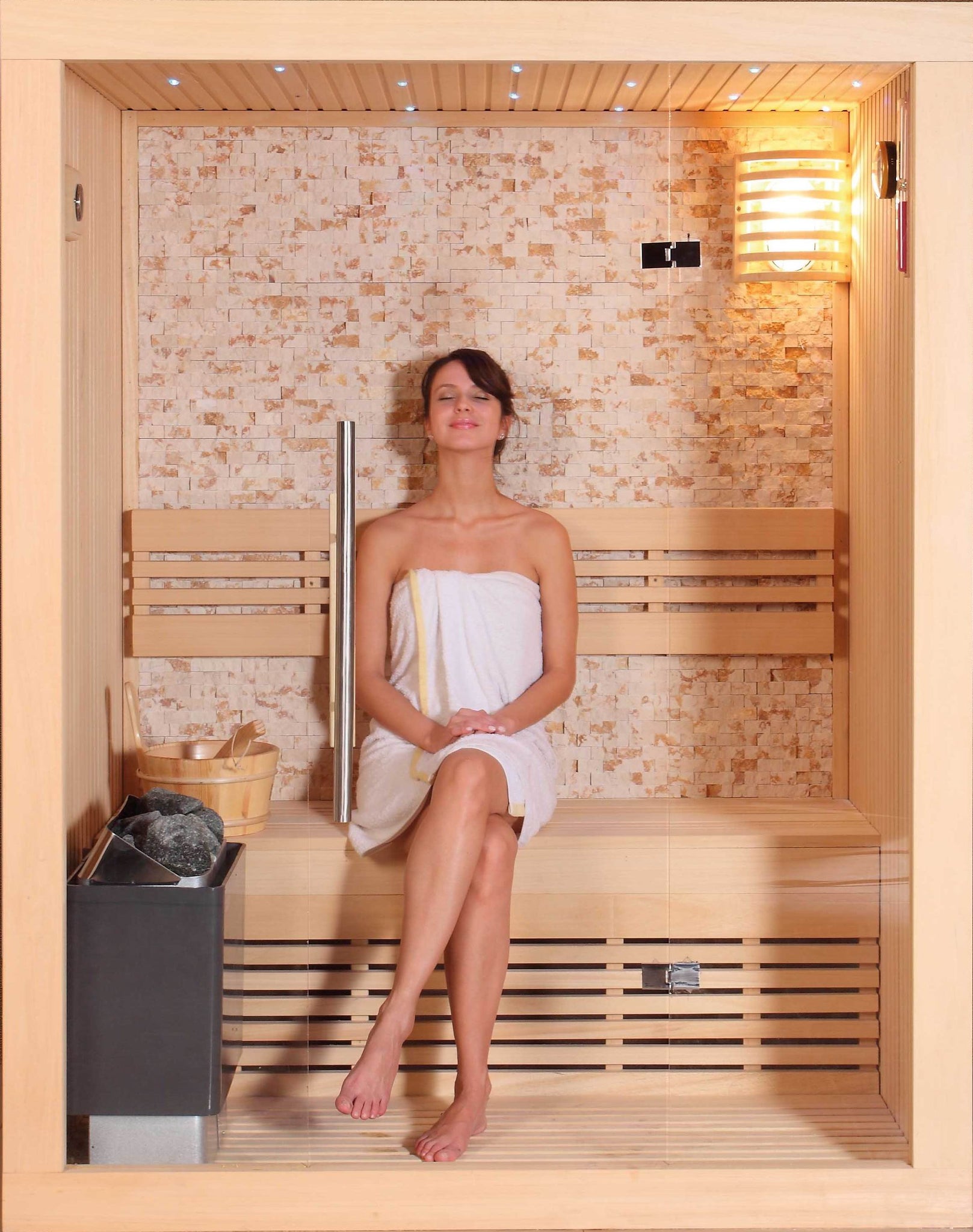What Does Traditional Sauna Mean?
What Does Traditional Sauna Mean?
Blog Article
Not known Facts About Traditional Sauna
Table of ContentsThe Facts About Traditional Sauna RevealedTraditional Sauna - TruthsThe Ultimate Guide To Traditional SaunaSee This Report on Traditional SaunaHow Traditional Sauna can Save You Time, Stress, and Money.
A lot of the weight shed in a sauna is water loss and is re-gained upon rehydrating. Without a doubt sauna can be an essential component of a healthy weight loss program. To take a look at the distinctions between traditional and IR saunas, I will separate these right into verifiable, academic, and produced differences.Therefore, the hottest factor in the saunawhich is at the ceiling straight over the sauna heateris generally between 185 and 190 F. Claims that a traditional sauna goes beyond 200 F is just not true and not appropriate for electric saunas marketed in the US. The temperature for a far-infrared sauna is generally established in between 120 and 140 F; nonetheless, unlike the traditional sauna, the goal in and IR space is not to achieve a heat.
As a result of this, the temperature distinction is virtually unnecessary, considering that profuse sweating leads to both sauna types, however the technique of heating up the body is various. In an IR sauna the bather will feel hot and will certainly sweat a lot, but at a lot reduced temperatures (Traditional Sauna). Hence, if the objective is to spend longer durations of time in the sauna, the IR sauna is a good selection
When a typical sauna has been appropriately heated, the sauna wall surfaces are cozy, the air temperature level has achieved set temperature and the rocks are very warmed. As an interesting side note, the warmed wall surfaces and the rocks are sending out far-infrared heat, combined with the heated air, to develop an "wrapping up heat".
The 5-Second Trick For Traditional Sauna

When the high temperature is achieved, the aspects cycle on and off to maintain the high temperature level. A lot of conventional sauna users appreciate putting water over the rocks to develop steam to elevate sauna humidity degrees. The advantages of putting water over the rocks consist of: making the room more comfy, moistening the nasal passages, and allowing the usage of aromatherapy by blending crucial oils with the water.

When the energy enters the body, it creates the body temperature to boost and inevitably leads to perspiration. In an infrared sauna it's important for the emitters/heaters to continue to Bonuses be on practically continuously. Given that there is no mass of rocks to keep warmth, the sauna will cool if the emitters closed off.
As stated over, the sauna bather in an infrared area wants to place himself before running emitters to get maximum gain from the warm. The heating time for the two rooms can be very different, relying on how the spaces are made use of. For a standard sauna, a bather must allow 30-40 mins for the space to achieve a preferred temperature level and to correctly pre-heat the rocks.
Traditional Sauna for Dummies
A well created sauna will usually achieve a temperature of 150-160 F in about 30-40 mins. For hotter temperature levels, the space may require to heat for a longer period.

Typical saunas tend to be bigger (hence utilize even more electricity) than infrared saunas, although standard saunas are certainly available in one and two person dimensions. For a two-person standard sauna, 5x6 or 5x7 dimension is most prominent. The top bench can conveniently seat 2 or 3 individuals click for source and is likewise long enough to relax during the sauna session.
What Does Traditional Sauna Mean?
The typical expense per kWH of electricity in the united state is approximately $0.11, so a 4.5 kW heater will certainly set you back about $.50 to compete one hour, if the heating unit runs continually for one hour. Commonly a sauna heating unit will run for 75% of the initial hour and 50% of succeeding hours on because the aspects cycle once the set temperature is achieved.

There is a hardly ever gone over difference in the social experience in between the two areas. While our culture has lost several of the social advantage of the typical sauna experience, it can be very socially gratifying (Traditional Sauna). From family time in the sauna, to heart-felt conversations with substantial others, to sauna partiesthe typical sauna experience can bring about intimate interacting socially
The Best Guide To Traditional Sauna
A lot of higher end infrared rooms include colored light treatment, sound systems and full-glass fronts.
Report this page